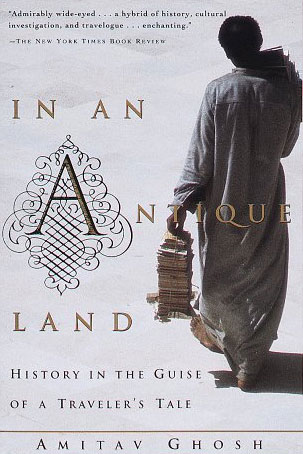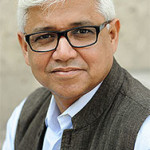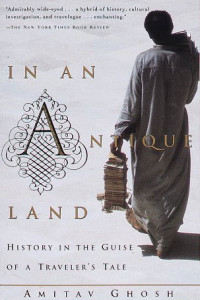
Once upon a time an Indian writer named Amitav Ghosh set out to find an Indian slave, name unknown, who some seven hundred years before had travelled to the Middle East. The journey took him to a small village in Egypt, where medieval customs coexist with twentieth-century desires and discontents. But even as Ghosh sought to re-create the life of his Indian predecessor, he found himself immersed in those of his modern Egyptian neighbours.
Combining shrewd observations with painstaking historical research, Ghosh serves up skeptics and holy men, merchants and sorcerers. Some of these figures are real, some only imagined, but all emerge as vividly as the characters in a great novel. In an Antique Land is an inspired work that transcends genres as deftly as it does eras, weaving an entrancing and intoxicating spell.
The novel is divided in six parts-Prologue, Lataifa, Nashawy, Mangalore, Going Back and Epilogue. It all began in 1942 when Ghosh read an article by E. Strauss. The slave of MSH.6 was referred here by a merchant named Khalaf ibn Ishaq in Aden who in turn got the information by his friend Abraham Ben Yiju in Mangalore, India. Ghosh was hooked by the simple idea that any history of a slave to have survived all these centuries is nothing short of a miracle. When all history is about kings, queens, their carpets, bathtubs, court, courtiers, wars, foreign policy and so on, to find a slave is indeed a wonder. History is tilted in favor of the royals; so Ghosh hooked himself to a slave. Ghosh did not let go the opportunity and the novel opens, ‘The slave of MSH.6 first stepped upon the stage of modern history in 1942’.
Book review: Amitav Ghosh – In An Antique Land


